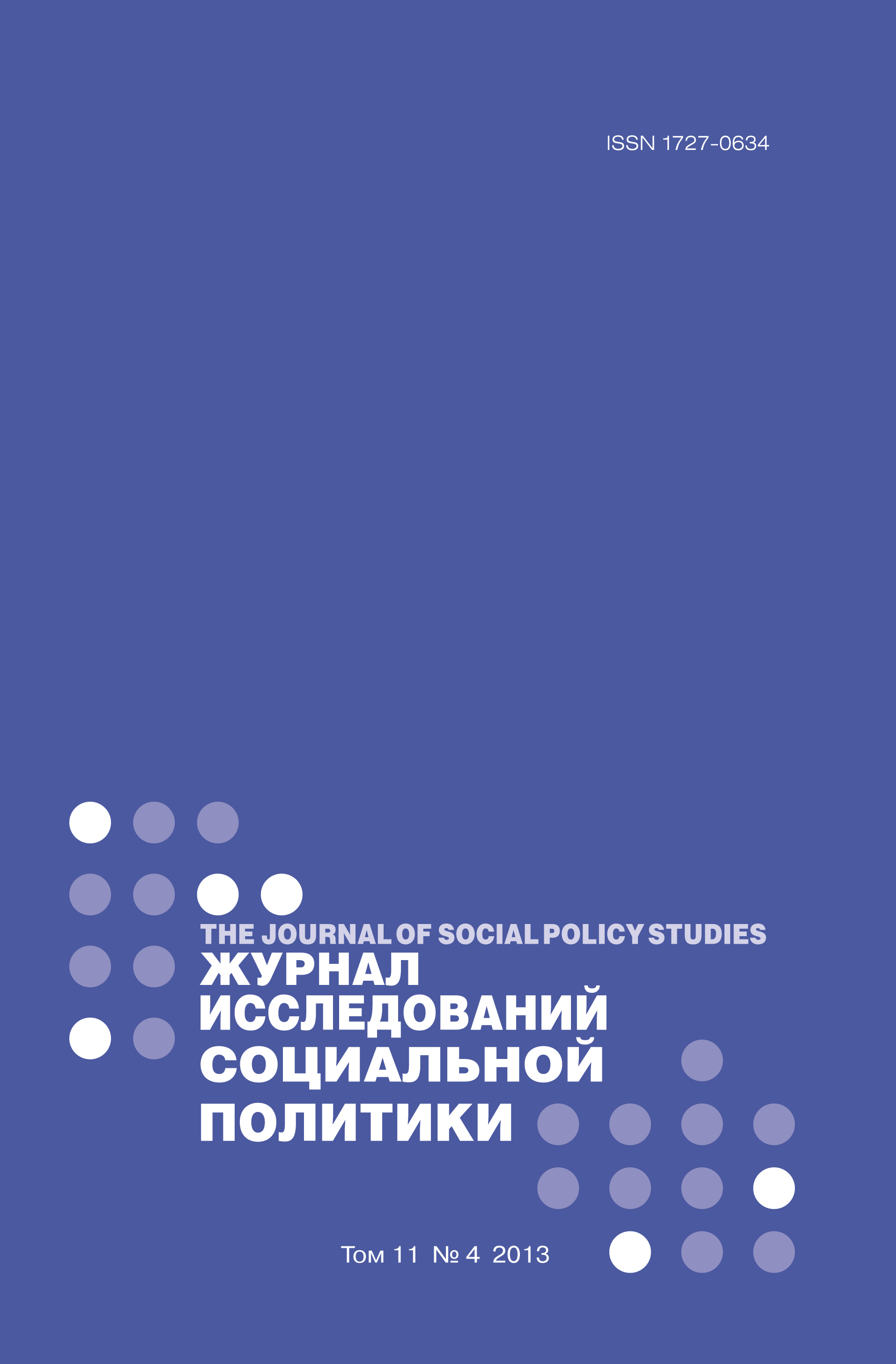Inclusive education in Kyrgyzstan: first steps and new achievements (case study of "Umut-Nadezhda" rehabilitation center)
Abstract
This article will describe the case study of Umut Nadezhda, a Rehabilitation Center for students with severe and multiple disabilities in Bishkek, Kyrgyzstan. Historically, children with severe and multiple disabilities in Kyrgyzstan were labeled "untrainable" and denied any access to education and community. Founded in 1989, Umut Nadezhda became the first organization in the region to provide education and rehabilitative services to children with significant disabilities, including orthopedic impairments, intellectual disabilities, hearing and/or vision impairments, autism, and many others. Over the course of its history, Umut Nadezhda has become one of the most successful local projects in the field of education and inclusion of children with disabilities. The primary goal of the case study was to examine a number factors that contribute to the success of Umut Nadezhda and make it unique or different from other organizations. Data for the case study were obtained through interviews with administration, staff members, and other stakeholders, direct observation, and analysis of records and artifacts, resulting in a comprehensive portrait of the Center. The article begins with a description of the history of the Center and its evolution over the years in the context of the system-level transformations in the region. Then, it draws a picture of the present-day Umut Nadezhda, including its student population, the existing model of administration and funding, and the physical environment. It also provides a detailed description of the program philosophy and the specific educational methods and approaches used by specialists of the Center (e. g., individualized planning and education, components of Waldorf education, and differentiated instruction). The model of professional training used at the Center is described in particular detail as it was identified as one of the unique features of the Center’s approach. Another theme highlighted in the case study is collaboration within the "Umut community". Collaboration occurs on multiple levels, including collaboration between the professionals, between professionals and family members, and collaboration with local community. Finally, the authors describe the existing barriers to service provision and the impact that the Umut Nadezhda has had on the regional education system and on the larger community.















